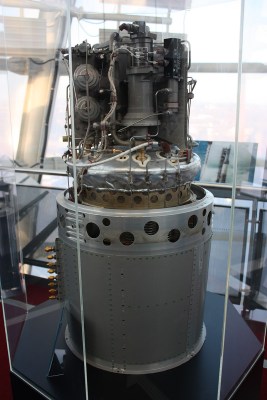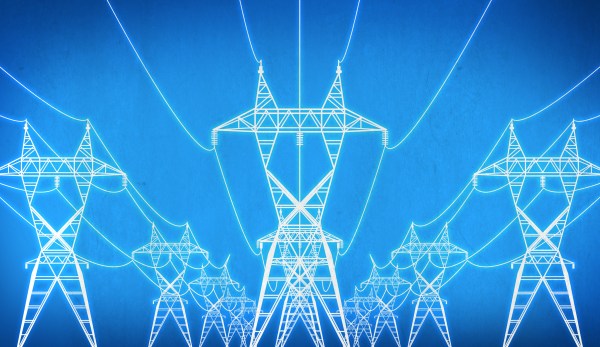Given all the incredible technology developed or improved during the Apollo program, it’s impossible to pick out just one piece of hardware that made humanity’s first crewed landing on another celestial body possible. But if you had to make a list of the top ten most important pieces of gear stacked on top of the Saturn V back in 1969, the fuel cell would have to place pretty high up there.

Smaller and lighter than batteries of the era, each of the three alkaline fuel cells (AFCs) used in the Apollo Service Module could produce up to 2,300 watts of power when fed liquid hydrogen and liquid oxygen, the latter of which the spacecraft needed to bring along anyway for its life support system. The best part was, as a byproduct of the reaction, the fuel cells produced drinkable water.
The AFC was about as perfectly suited to human spaceflight as you could get, so when NASA was designing the Space Shuttle a few years later, it’s no surprise that they decided to make them the vehicle’s primary electrical power source. While each Orbiter did have backup batteries for emergency purposes, the fuel cells were responsible for powering the vehicle from a few minutes before launch all the way to landing. There was no Plan B. If an issue came up with the fuel cells, the mission would be cut short and the crew would head back home — an event that actually did happen a few times during the Shuttle’s 30 year career.
This might seem like an incredible amount of faith for NASA to put into such a new technology, but in reality, fuel cells weren’t really all that new even then. The space agency first tested their suitability for crewed spacecraft during the later Gemini missions in 1965, and Francis Thomas Bacon developed the core technology all the way back in 1932.
So one has to ask…if fuel cell technology is nearly 100 years old, and was reliable and capable enough to send astronauts to the Moon back in 1960s, why don’t we see them used more today?
Continue reading “Ask Hackaday: Where Are All The Fuel Cells?”


















